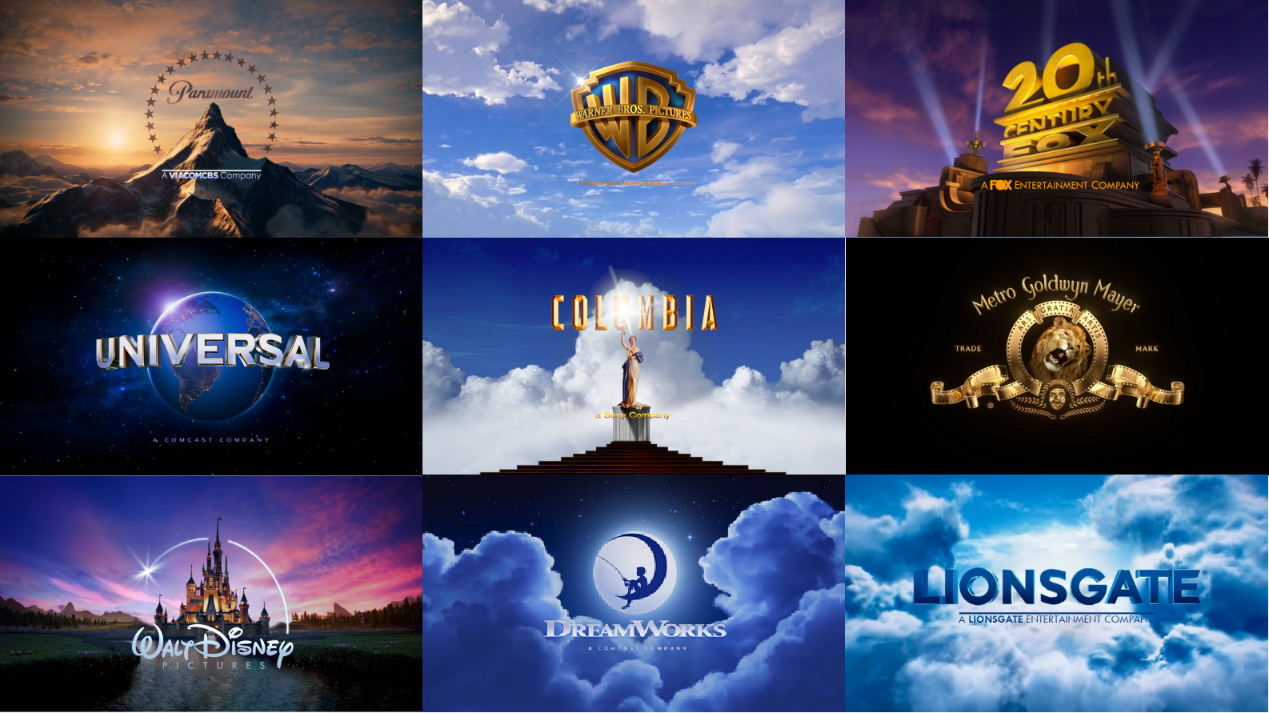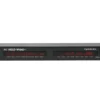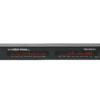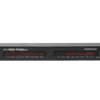Editor's Note
OpenAudio traces its roots back to aiding Hollywood in setting digital cinema standards (DCI, Digital Cinema System Specifications), especially in the immersive audio space (SMPTE). We bridge the gap between cinema audio and home audio. That’s why we say we bring the cinema experience home. In this article, we aim to demystify cinema-related technologies and standards for you and showcase our capabilities.
Introduction
In the world of cinema, the quest for delivering the most immersive and high-quality experiences to audiences has always been paramount. Two key sets of standards that play a crucial role in achieving this are the DCI Digital Cinema Standards and the SMPTE Immersive Audio Standards. These standards ensure that the visual and auditory aspects of films are presented in the best possible way, regardless of where you watch them. Let’s dive into what these standards are and why they matter.
DCI Digital Cinema Standards
What is DCI?
The Digital Cinema Initiatives (DCI) is a consortium of major motion picture studios that came together to establish a set of specifications for digital cinema. These specifications, known as the DCI Digital Cinema Standards, define the technical requirements for digital cinema content and systems. The primary goal of DCI is to ensure that digital cinema provides a consistent, high-quality experience across different theaters and platforms.
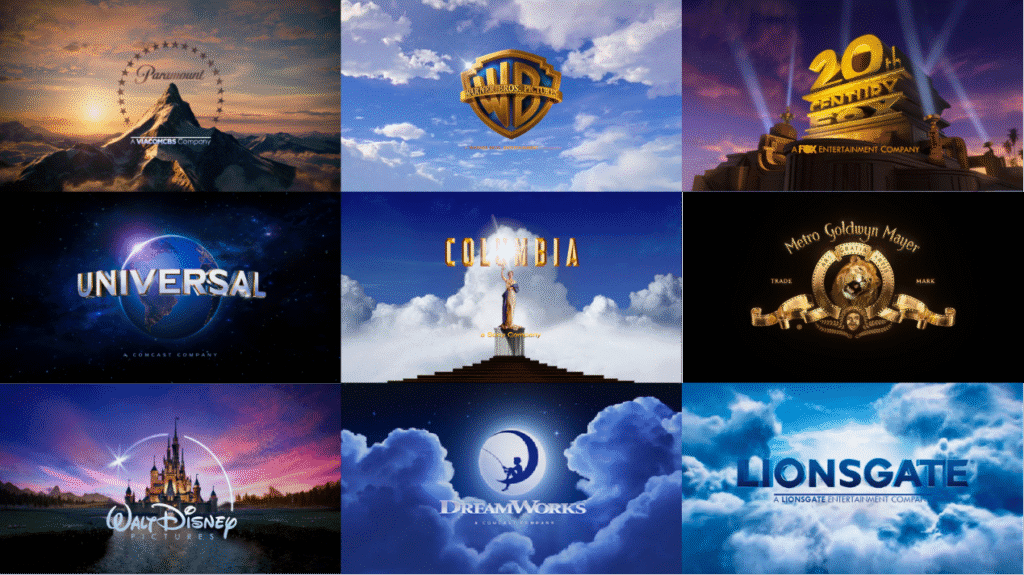
Key Components of DCI Standards
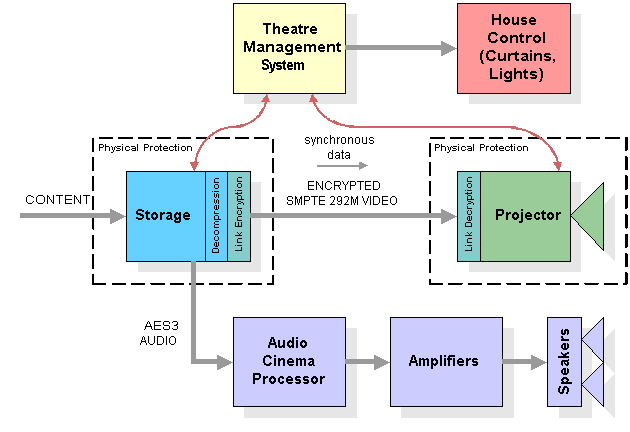
Image Quality:
- Resolution: DCI specifies a minimum resolution of 2K (2048 x 1080 pixels) for digital cinema projectors, with 4K (4096 x 2160 pixels) being the standard for higher-end theaters.
- Color Gamut: DCI requires a wide color gamut to ensure that the colors on screen are vibrant and accurate, providing a more lifelike visual experience.
- Frame Rate: The standard supports various frame rates, including 24, 48, and even higher, to ensure smooth motion and reduce flicker.
Sound Quality:
- Audio Channels: DCI mandates support for multiple audio channels, including surround sound and object-based audio, to create an immersive auditory experience.
- Dynamic Range: High dynamic range (HDR) is a key aspect, ensuring that the audio can handle both very quiet and very loud sounds without distortion.
Security:
- Content Protection: DCI emphasizes robust content protection mechanisms to prevent piracy and ensure that only authorized theaters can play digital cinema content.
- Encryption: Digital cinema content is encrypted to prevent unauthorized copying and distribution.
Impact of DCI Standards
The DCI standards have revolutionized the way films are produced, distributed, and exhibited. By setting a high bar for image and sound quality, DCI ensures that audiences enjoy a premium viewing experience. Additionally, the security measures in place protect the interests of content creators and distributors, making digital cinema a viable and secure alternative to traditional film.
SMPTE Immersive Audio Standards
What is SMPTE?
The Society of Motion Picture and Television Engineers (SMPTE) is a global organization that develops standards and practices for the motion imaging industry. One of their key contributions is the development of immersive audio standards, which aim to enhance the auditory experience in theaters and other viewing environments.
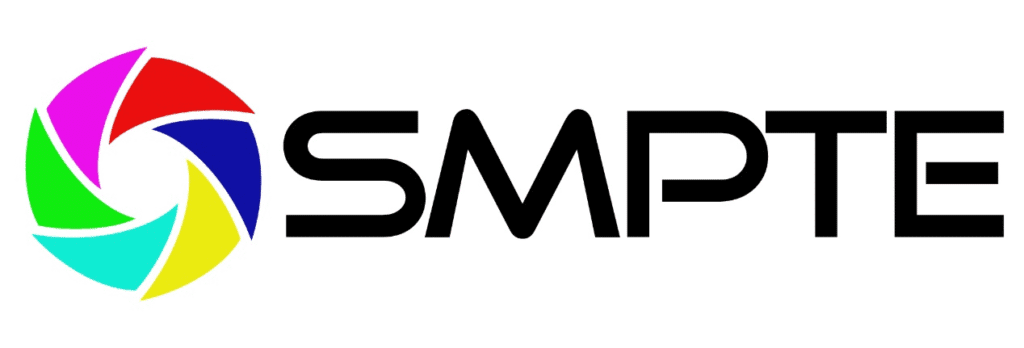
Key Components of SMPTE Immersive Audio Standards

Object-Based Audio:
- Dynamic Audio Rendering: SMPTE standards support object-based audio, where individual sound elements (objects) can be dynamically positioned and moved within a three-dimensional space. This allows for a more realistic and immersive sound experience.
- Interactivity: Object-based audio also enables interactive experiences, where the audio can adapt to the viewer’s position or actions, enhancing engagement.
Channel-Based Audio:
- Surround Sound: SMPTE standards support traditional surround sound formats, including 5.1, 7.1, and higher, to ensure compatibility with existing systems.
- Height Channels: To create a truly immersive experience, SMPTE standards include support for height channels, adding an extra dimension to the sound field.
Interoperability:
- Cross-Platform Compatibility: SMPTE ensures that immersive audio content can be played back consistently across different platforms and devices, from theaters to home theaters and even mobile devices.
- Metadata: SMPTE standards include detailed metadata to describe the audio content, ensuring that it can be accurately rendered on various systems.
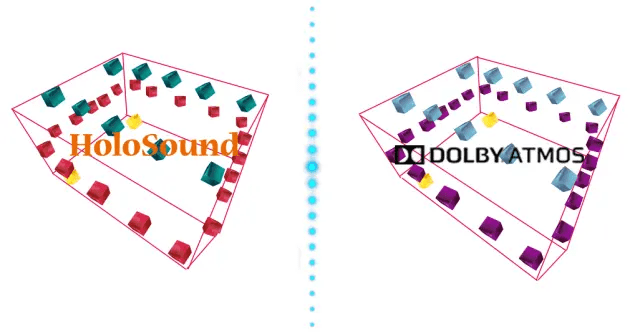
Impact of SMPTE Immersive Audio Standards
The SMPTE immersive audio standards have transformed the way we experience sound in cinema. By supporting both object-based and channel-based audio, SMPTE ensures that filmmakers have the tools to create rich, dynamic soundscapes that draw viewers into the story. The focus on interoperability means that these high-quality audio experiences can be enjoyed consistently, whether in a state-of-the-art theater or a home setup.
Conclusion
The DCI Digital Cinema Standards and SMPTE Immersive Audio Standards are vital in ensuring that the magic of cinema is preserved and enhanced in the digital age. These standards provide a framework for consistent, high-quality visual and auditory experiences, protecting the creative vision of filmmakers and the interests of content distributors. As technology continues to evolve, these standards will play a crucial role in shaping the future of cinematic experiences, ensuring that audiences around the world can enjoy the best possible viewing and listening experiences.
The AVR-16200 will integrate ATMOS and HOLOSOUND immersive audio technology, and all other multi-room streaming amplifier will also integrate advanced audio technology from digital cinema processor.


